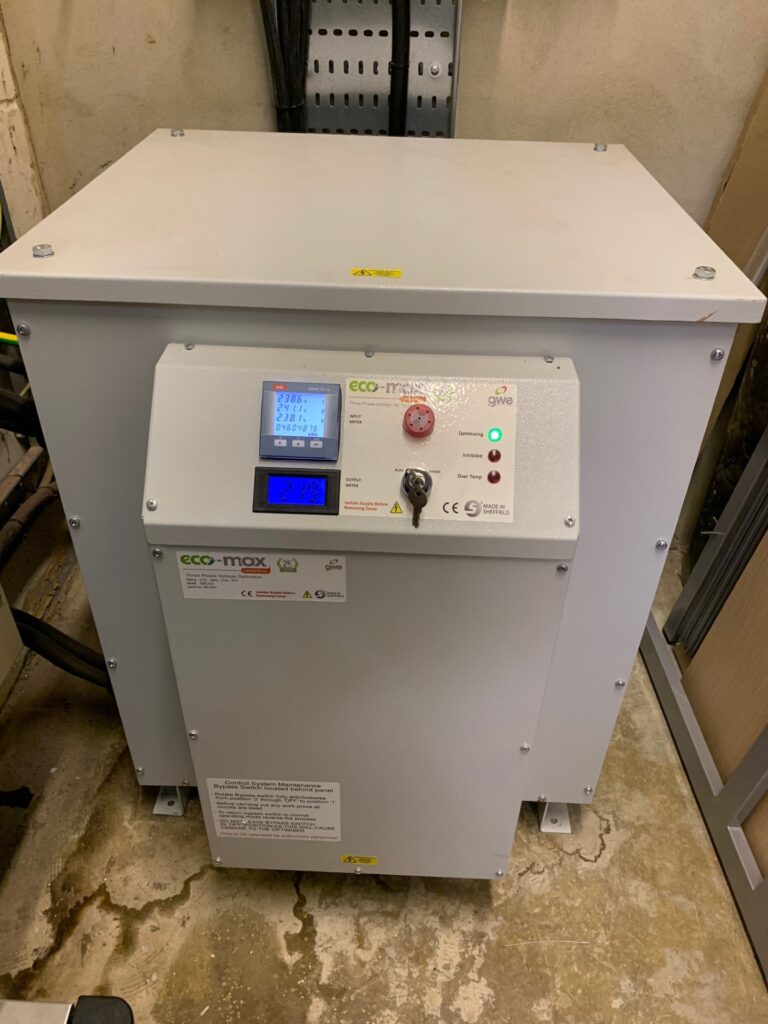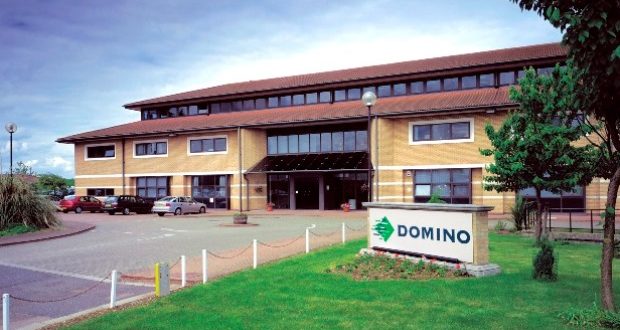Those who work in manufacturing will have come across voltage optimisation (VO). By lowering the incoming supply from the National Grid to the rated requirement for your equipment, voltage optimisers deliver proven savings in energy costs. However, there is an additional saving that maintenance engineers should be aware of. Here, James Goodby, director at Powerdown220, explains how avoiding running unnecessary voltage through your equipment also reduces your maintenance costs.
In many electrical distribution systems, the voltage supplied by the grid can vary due to factors like load fluctuations and network conditions. This means that the grid supplies voltage 10 per cent higher than necessary for optimal operation of electrical devices.
Despite the official normal supply voltage in the UK being 230v, the actual voltage supplied by the National Grid fluctuates around an average of 242v. To confuse matters more, the CE design voltage for all equipment is 230v. Therefore, operating equipment at 220v allows engineers to reduce energy consumption and prolong life expectancy, although this can come with a few operational trade-offs.
In fact, UK Wiring Regs, the BS 7671 requirement for electrical installations, states that powering equipment at a constant voltage of 240v and above can decrease it’s lifespan by up to 46 per cent.
Simply put, many devices are operating at their least efficient levels and wasting energy, creating additional heat, noise and vibration which increases the rate of wear and tear. One thing to bear in mind is that excess voltage not only leads to higher energy bills, but to increased maintenance costs as well.
The silent killer
Continuous exposure to higher voltages causes premature failure of electrical devices, thereby reducing its lifespan significantly. Ultimately, this means that any failures or inefficiencies caused by excessive voltage are more regular and result in increased maintenance and repair expenses.
A common example of the damage that can be caused by excessive voltage involves the rapid heating, and subsequent cooling, of electrical wiring. Over time this repeated overheating can lead to eventual failure of devices.
It is also important to note that minor voltage surges can go unnoticed as they do not cause immediate failure, so the owner may not be aware that their electronic device is being degraded on a consistent basis. As a result, power surges can be seen as one of the silent killers of electronic devices.
For instance, power surges can corrupt data stored on electronic devices, leading to data loss. Recovering data from damaged devices can be a costly and sometimes challenging process, especially if the data is critical for business operations or personal use.
Likewise, power surges have the potential to cause immediate damage to electronic devices, leading to the need for repair or replacement. Not only is this period of downtime costly regarding lost productivity, but repairing individual components or the entire device can be expensive, especially if the damage is extensive.
Power quality
Another contributing factor to cost is power quality. Good power quality, which is the measurement of how close to perfect an electrical voltage is at any given time or point, allows for less wear and tear and significantly reduced maintenance costs due to prolonging the lifespan of equipment.
For example, we worked with Augean, a leading waste management company, that wanted to improve its site’s overall power quality after experiencing voltage supply swings between 220v – 253v. Through installing one of Powerdown220’s voltage optimisers, Augean were able to regulate the incoming voltage supplied to their electrical equipment and appliances.
Here, the machine was able to monitor the voltage supplied from the grid and adjust it to match the desired voltage level, within Augean’s specified range. This preventsed appliances and equipment from experiencing the negative effects of voltage fluctuations. As a result, Augean not only reduced its incoming power by eight per cent, but also increased the lifespan of its equipment up to 46 per cent and made an energy saving of nearly nine per cent on its annual electricity bill.
Voltage optimisers are installed in series with a company’s electricity supply, between the distribution transformer and the main low-voltage distribution board. As the electricity passes through the voltage optimiser, the supply voltage is reduced to the required amount, returning any excess voltage to the grid.
Rejecting the surplus allows the electrical equipment to benefit from an optimised power supply and prevents the need for ongoing maintenance, saving on costs. Although manufacturers may not have been made aware of these financial savings in the past, companies can turn to VO to realise two types of financial savings: including reduced energy bills and reduced maintenance costs.






